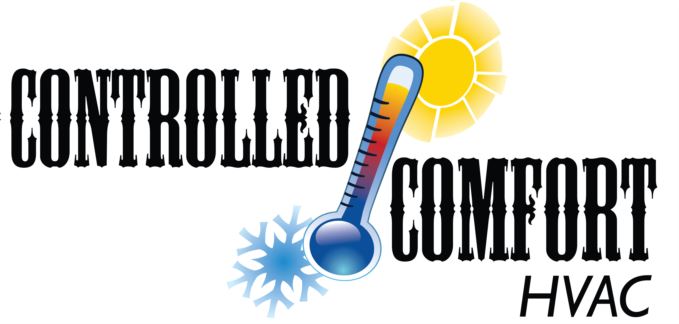Once the weather is cooling off, you are probably thinking about how you’ll prepare your heating and cooling. After all, HVAC bills can make up a large portion of your monthly electric bill. To learn new ways to save, some people look closely at their thermostat. Is there a setting they could use to increase efficiency?
The majority of thermostats include both a ‘Fan’ or ‘Fan On’ setting. But if the fan is on during a regular cycle, what will the fan setting provide for an HVAC system? This guide can help. We’ll walk through precisely what the fan setting is and when you can use it to save money during the summer or winter.
How Do I Access the Fan Setting on My Thermostat?
For most thermostats, the fan setting signifies that the system’s blower fan keeps running. A few furnaces will run at a low level with this setting, but in general heating or cooling isn’t being made. The ‘Auto’ setting, in contrast, will turn on the fan during a heating or cooling cycle and turn it off once the cycle is finished.
There are advantages and disadvantages to trying the fan setting on your thermostat, and whether you do or don’t {will|can|should]] depend on your distinct comfort needs.
Advantages to switching to the Fan/On setting:
- You can keep the temperature throughout your home more consistent by allowing the fan to keep running.
- Indoor air quality should improve as continuous airflow will keep passing airborne particles through the air filter.
- A smaller number of start-stop cycles for the HVAC fan helps expand its life span. Because the air handler is usually connected to the furnace, this means you could avoid needing furnace repair.
Disadvantages to utilizing the Fan/On setting:
- A continuous fan will likely raise your energy expenses slightly.
- Constant airflow could clog your air filter up more quickly, increasing the frequency you should replace it.
{Choosing Between|Should My Thermostat Be on|Which Setting for My Thermostat? Fan or Auto in Summer/Winter
In the summer, warm air may stick around in unfinished spaces such as the attic or an attached garage. If you keep the fan running, your HVAC system might draw this warm air into the rest of your home, pushing the HVAC system to work harder to preserve the set temperature. In extreme heat, this may lead to needing AC repair more regularly as wear and tear gets worse.
The opposite can take place during the winter. Cooler spaces such as a basement will hold onto cooler air, which can eventually make its way into the rest of your home. Leaving the fan setting on could draw more cold air upward, increasing the amount of heating you need to remain warm.
If you’re still trying to decide if you should switch to the fan/on setting, keep in mind that every home and family’s comfort needs are not the same. Leaving the HVAC system’s fan on could work for you if:
Someone in your household suffers from allergies. Allergies and similar respiratory conditions can be hard on the family. Leaving the fan on can help to improve indoor air quality, helping your family breathe easier.
Your home deals with hot and cold spots. Many homes deal with stubborn hot and cold spots that quickly shift to a temperature different from the rest of the house. The fan setting can help minimize these changes by steadily refreshing each room’s airflow.


